
How People Over 50 Can Supplement Fiber for Better Health
Boosting Your Health After 50: Why Fiber Is Essential and How to Add More of It to Your Diet
As you move into your 50s and beyond, even small changes to your diet can have a profound impact on how you feel, function, and age. One powerful yet often overlooked nutrient is fiber—a non-digestible part of plant-based foods that plays a critical role in maintaining your health as you grow older. From improving digestion and heart health to stabilizing blood sugar levels, fiber supports nearly every major system in your body.
Unfortunately, most older adults don’t get nearly enough fiber in their diets, missing out on its wide-ranging benefits. In this article, we’ll explore why fiber is so essential for people over 50, practical and enjoyable ways to increase your fiber intake, and strategies to avoid common pitfalls. Let’s dive into how this simple nutrient can help you thrive well into your golden years.
Why Fiber Becomes Even More Important After 50
Fiber is a key part of any healthy diet, but its importance grows as you age. Found in plant-based foods like fruits, vegetables, legumes, and whole grains, fiber isn’t digested by your body, but that’s actually a good thing. Instead, it helps keep your digestive system moving, supports heart and metabolic health, and feeds beneficial gut bacteria.
Two Types of Fiber, Both Essential:
-
Soluble fiber dissolves in water to form a gel-like substance that helps lower cholesterol and stabilize blood sugar. You’ll find it in foods like oats, beans, apples, and citrus fruits.
-
Insoluble fiber adds bulk to stool and helps prevent constipation, commonly found in whole grains, nuts, seeds, and vegetables.
The National Institutes of Health recommends:
-
21–25 grams of fiber per day for women over 50
-
30–38 grams for men over 50
Yet, according to national dietary surveys, most people consume only about 15 grams per day—well below the recommended amount. This fiber gap is associated with increased risks of constipation, heart disease, type 2 diabetes, and even certain cancers.
The Benefits of Fiber for Adults Over 50
1. Supports Digestive Health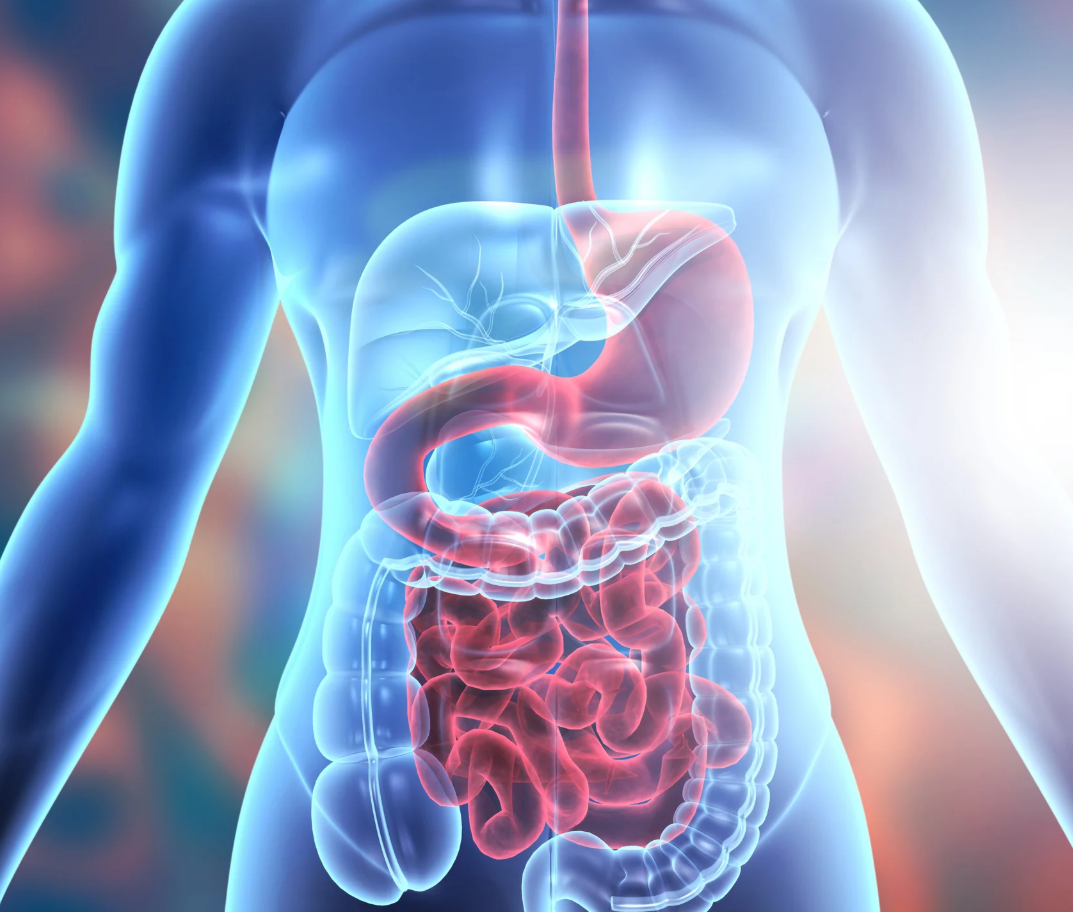
As we age, the digestive system naturally slows down, leading to issues like constipation, gas, or irregular bowel movements. Fiber helps combat these changes by:
-
Promoting regularity: Insoluble fiber helps stool pass more easily through the digestive tract.
-
Nourishing gut health: Soluble fiber feeds beneficial gut bacteria, which support immune health and mood.
-
Reducing digestive discomfort: A well-balanced fiber intake can help reduce bloating and cramping.
Pro tip: Start your day with a bowl of oatmeal topped with chia seeds and blueberries. It’s a gentle, gut-friendly meal with plenty of fiber to keep things moving.
2. Protects Heart Health
Cardiovascular issues become more common with age, but fiber offers powerful protection:
-
Lowers LDL cholesterol: Soluble fiber binds with cholesterol in the gut and helps eliminate it.
-
Regulates blood pressure: High-fiber diets support healthy arteries and reduce inflammation.
-
Helps with weight control: Fiber keeps you fuller for longer, curbing appetite and supporting a healthy weight.
A 2023 review in The Lancet showed that people with high-fiber diets had a 15–30% lower risk of heart disease, stroke, and related deaths. Just 7 extra grams of fiber per day can reduce heart disease risk by up to 9%.
Simple change: Add a serving of lentils or black beans to your salad or soup for a satisfying, heart-healthy boost.
3. Stabilizes Blood Sugar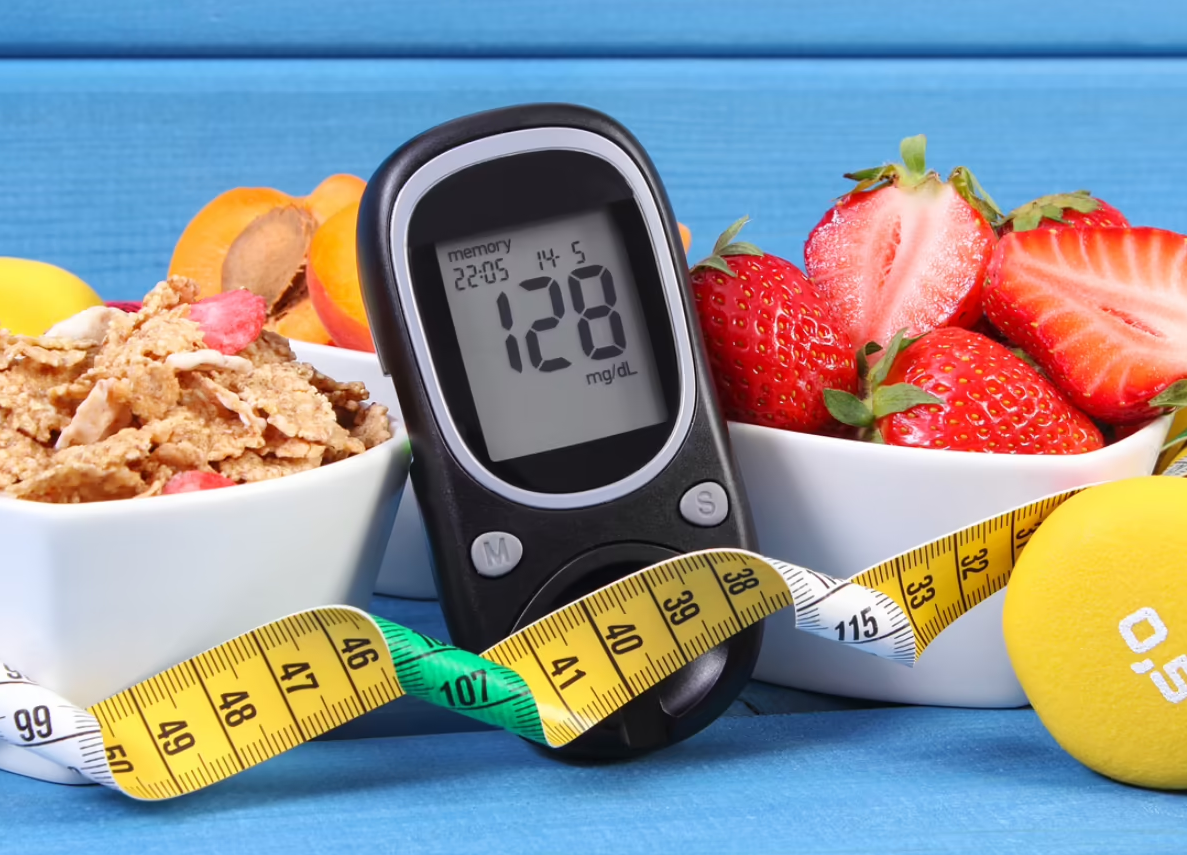
For adults over 50—especially those at risk for or managing type 2 diabetes—fiber is key to blood sugar control:
-
Slows digestion: Prevents rapid sugar absorption and post-meal spikes.
-
Improves insulin sensitivity: Supports more stable glucose levels.
-
Reduces cravings: High-fiber foods help reduce snacking on sugary foods.
According to the CDC, individuals who added 25–30 grams of fiber daily saw improved glycemic control within weeks. Replacing refined grains with whole grains like quinoa, brown rice, or barley can make a noticeable difference.
Practical Ways to Increase Your Fiber Intake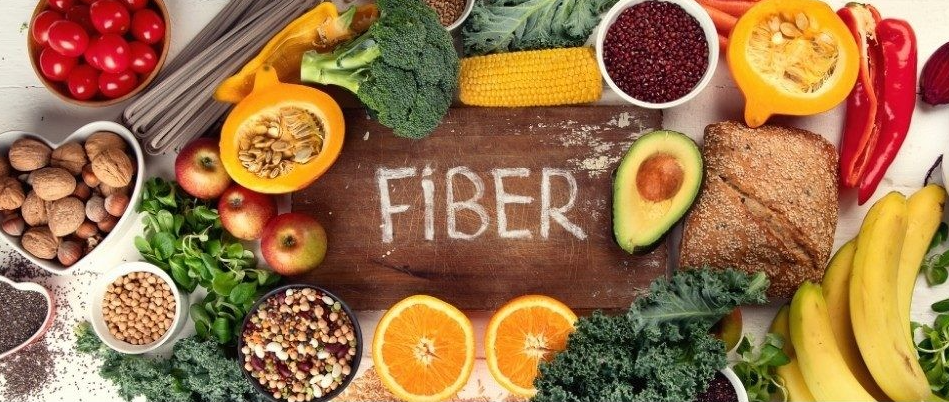
You don’t need to overhaul your diet overnight. Instead, make small, sustainable shifts that add up over time. Here are evidence-based, senior-friendly strategies:
Focus on Whole, Plant-Based Foods
Choose foods rich in both fiber types. Here are some top sources:
-
Fruits: Raspberries (8g/cup), pears (6g each), bananas (3g), apples (4g)
-
Vegetables: Artichokes (10g each), carrots (4g/cup), broccoli (5g/cup)
-
Whole Grains: Bulgur (8g/cup), oats (4g/half cup), whole-wheat pasta (6g/cup)
-
Legumes: Chickpeas (6g/half cup), lentils (8g/half cup), black beans (7g/half cup)
-
Seeds & Nuts: Chia seeds (10g/oz), flaxseed (3g/tbsp), almonds (4g/oz)
Tip: Add at least one fiber-rich food to every meal—think berries in your yogurt, beans in your stew, or roasted veggies as a side dish.
Consider Fiber Supplements (Cautiously)
If you're struggling to meet your fiber needs through food, fiber supplements can help—especially for those with dietary restrictions or poor appetite.
-
Psyllium husk, inulin, and methylcellulose are commonly recommended.
-
Start with a small dose (3–5g) and increase gradually to avoid discomfort.
-
Always take supplements with a full glass of water.
Note: Talk to your doctor before starting supplements, especially if you’re on medications for blood sugar or cholesterol.
Snack Wisely with Fiber in Mind
Instead of low-fiber, high-sugar snacks, choose options that nourish and satisfy:
-
Roasted chickpeas (6g per ½ cup)
-
Trail mix with nuts, seeds, and dried fruit
-
Whole-grain crackers with hummus
-
Fresh fruit with nut butter (e.g., apple slices with almond butter)
Common Fiber Challenges—And How to Overcome Them
Increasing fiber too quickly can lead to gas, bloating, or stomach discomfort. The Mayo Clinic recommends increasing fiber by no more than 5 grams per week while also upping your water intake to 8–10 cups per day.
Troubleshooting Tips:
-
If bloated: Favor cooked vegetables over raw ones at first.
-
If gassy: Try low-FODMAP fiber sources (like oats, carrots, or zucchini).
-
If overwhelmed: Batch-prep fiber-rich meals like bean salads, veggie soups, or overnight oats.
People with conditions like diverticulitis or IBS should consult a healthcare provider for a tailored fiber approach.
Fiber-Rich Recipe: Morning Berry-Chia Oatmeal Bowl
This easy, delicious recipe packs 12–15 grams of fiber and is ideal for busy mornings.
Ingredients:
-
½ cup rolled oats (4g fiber)
-
1 tablespoon chia seeds (5g fiber)
-
½ cup mixed berries (4g fiber)
-
1 cup water or plant-based milk
-
1 teaspoon honey or maple syrup (optional)
-
Dash of cinnamon (optional)
Instructions:
-
Cook oats according to package instructions using water or milk.
-
Stir in chia seeds and let sit 2–3 minutes to thicken.
-
Top with berries, sweetener, and cinnamon if desired.
-
Enjoy warm—or refrigerate overnight for a grab-and-go breakfast.
Add walnuts or ground flaxseed for even more fiber and healthy fats.
Safety Tips for Adding More Fiber
Fiber is generally very safe, but going overboard or not drinking enough fluids can cause issues.
Key Reminders:
-
Hydrate: Drink plenty of water to move fiber through your system.
-
Go slow: Add fiber gradually over a few weeks.
-
Watch medications: High fiber may interfere with certain drugs—consult your doctor.
If you experience persistent bloating, diarrhea, or cramps, reduce your fiber intake slightly and increase again slowly.
Final Thoughts: Why Fiber Is a Game-Changer After 50
Fiber is a simple but powerful nutrient that can significantly enhance your health as you age. From improved digestion and heart health to better blood sugar control and satiety, the benefits are far-reaching—and easy to achieve with a little planning.
By choosing whole foods, supplementing wisely, and embracing tasty fiber-rich meals, adults over 50 can take meaningful steps toward a healthier, more energetic life. Think of fiber as not just a nutrient, but a daily habit that supports longevity and vitality.
What’s your favorite fiber-rich food? Share your go-to meals or tips in the comments below—you might inspire someone else to eat better, too!
For more wellness tips, recipes, and healthy aging advice, explore our site. Always talk to your healthcare provider before making significant dietary changes.
News in the same category


Cloves, Ginger, and Lipton Tea: A Health-Boosting Trio Worth Gold

Never Throw Away Lemon Peels Again: 12 Unusual Ways to Use Them
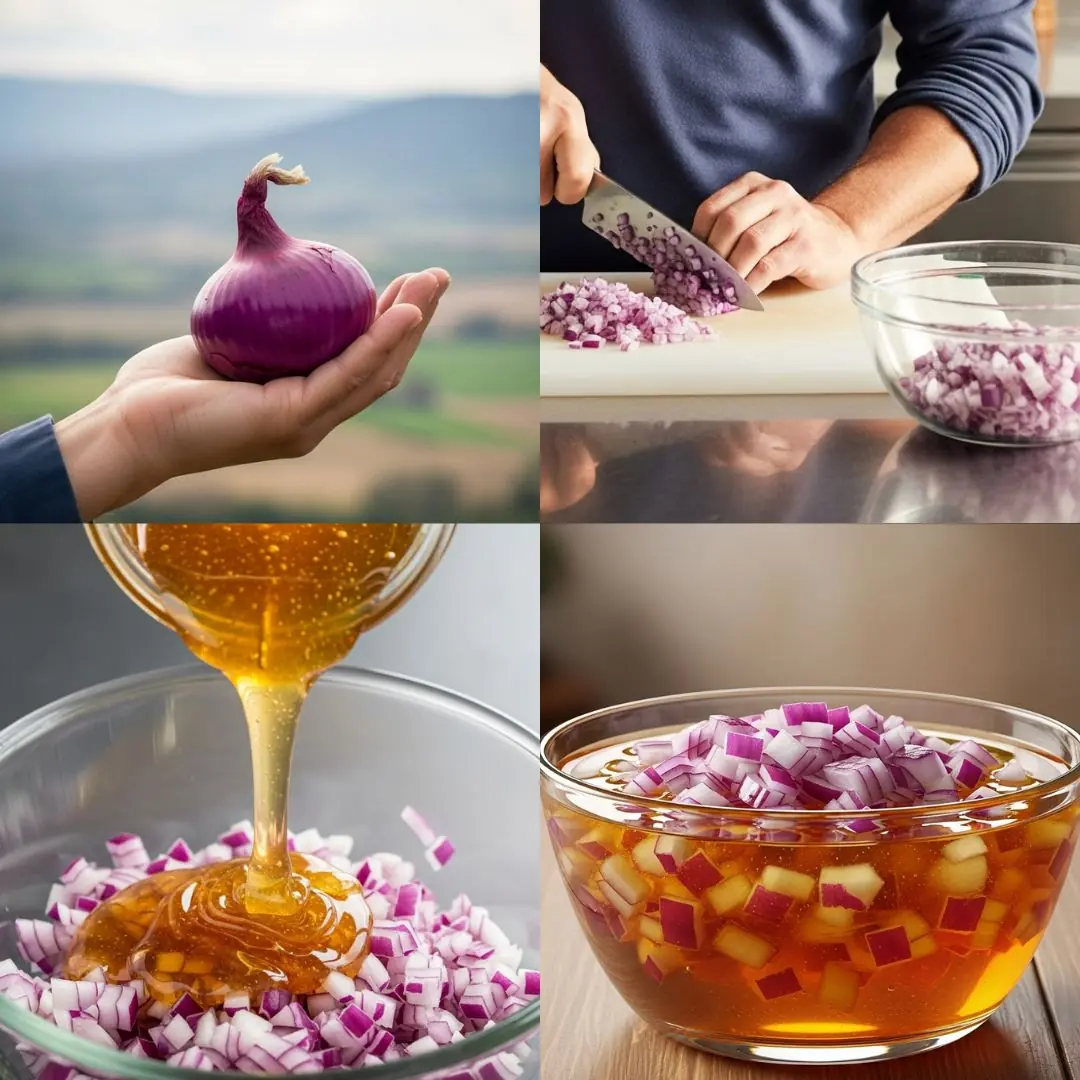
Unleash Your Inner Alpha: The Natural Nighttime Boost You Need

Stop Now! These 8 Pumpkin Seed Mistakes Trigger Irreversible Reactions in Your Body
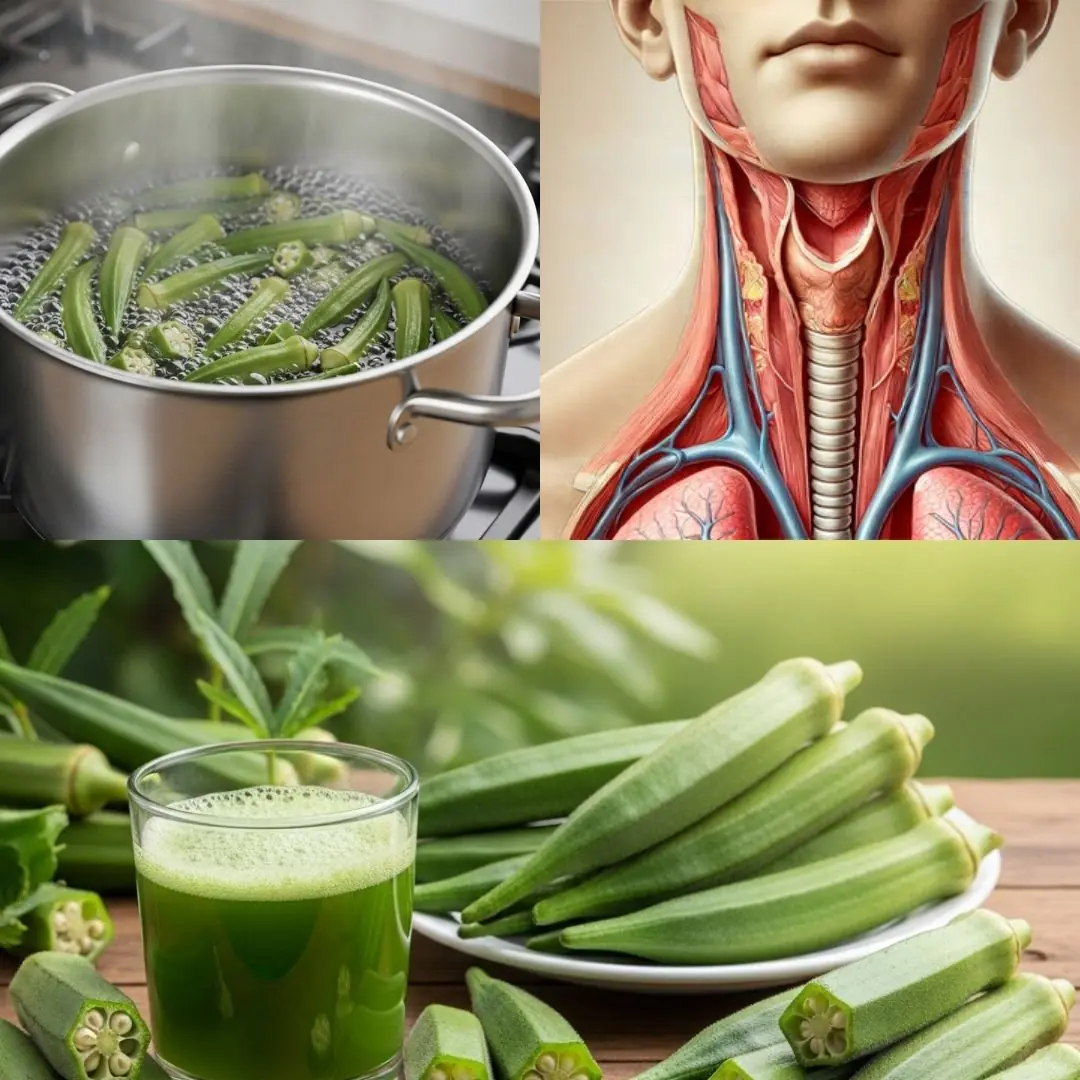
7 Surprising Health Benefits of Okra You Need to Know

The Secret to a Whiter Smile: A Simple Tomato-Based Teeth Whitening Recipe

🛑 The MOST DANGEROUS Sleep Position You Never Knew! | Boost Your Sleep Instantly

Say Goodbye to Fatty Liver, Blurry Vision, and Anemia with This Powerful Natural Drink

Pronto Alivio: Benefits, Medicinal Uses, and How to Prepare Its Infusion
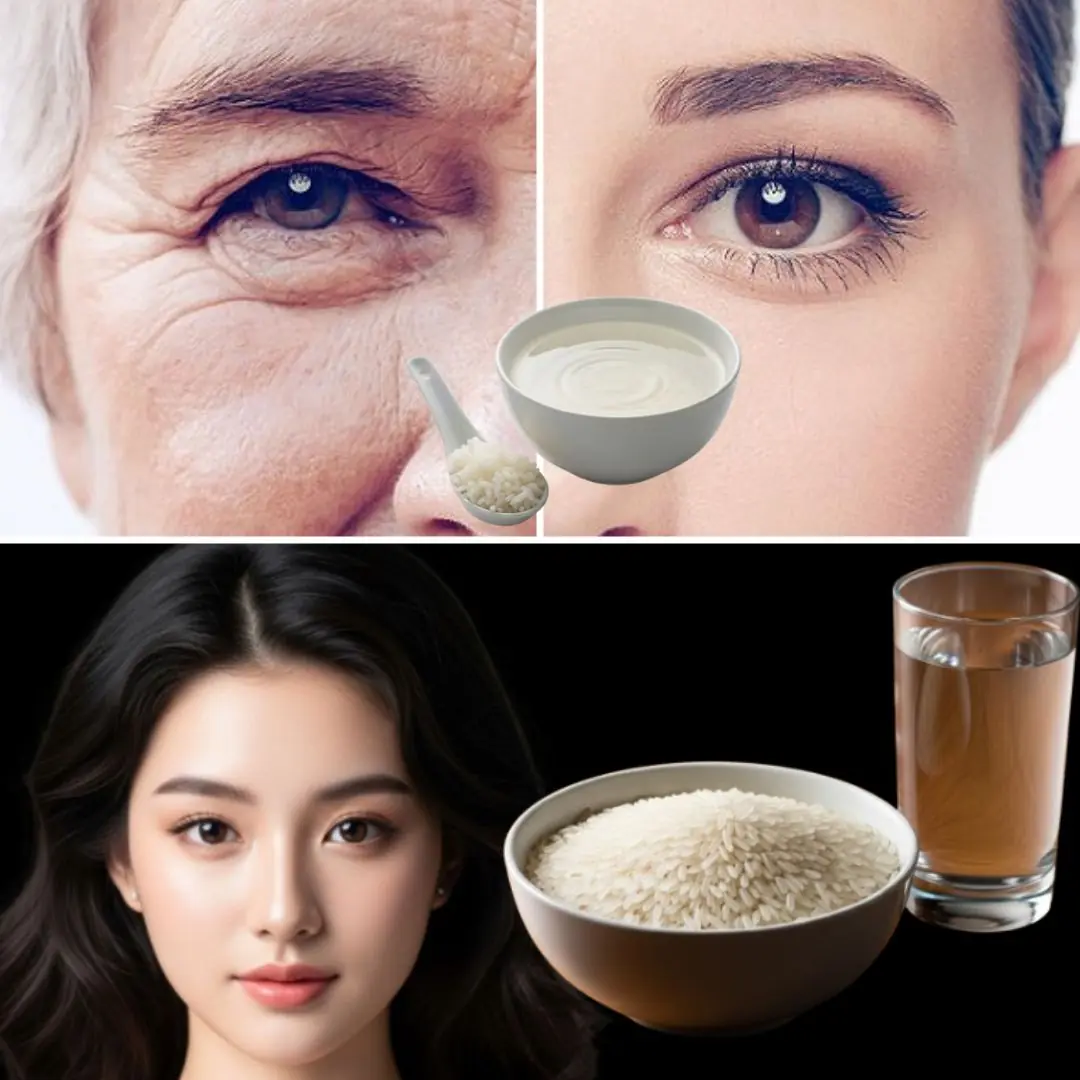
Mix Rice and Water and the Wrinkles Will Disappear! 🌟 Rice Mask for Glowing Skin

Unexpected health benefits of chai spices you may not be aware of

Unlocking the Hidden Power of Lactuca Serriola: Nature’s Wild Gift Growing All Around You

A REAL VITAMIN BOMB: Celery and Lemon for Clarity, Pressure Relief, and Detox

Support Healthy Weight Management in Seniors with These 3 Morning Drinks

38 DELICIOUS Foods That Contain Almost ZERO Calories!
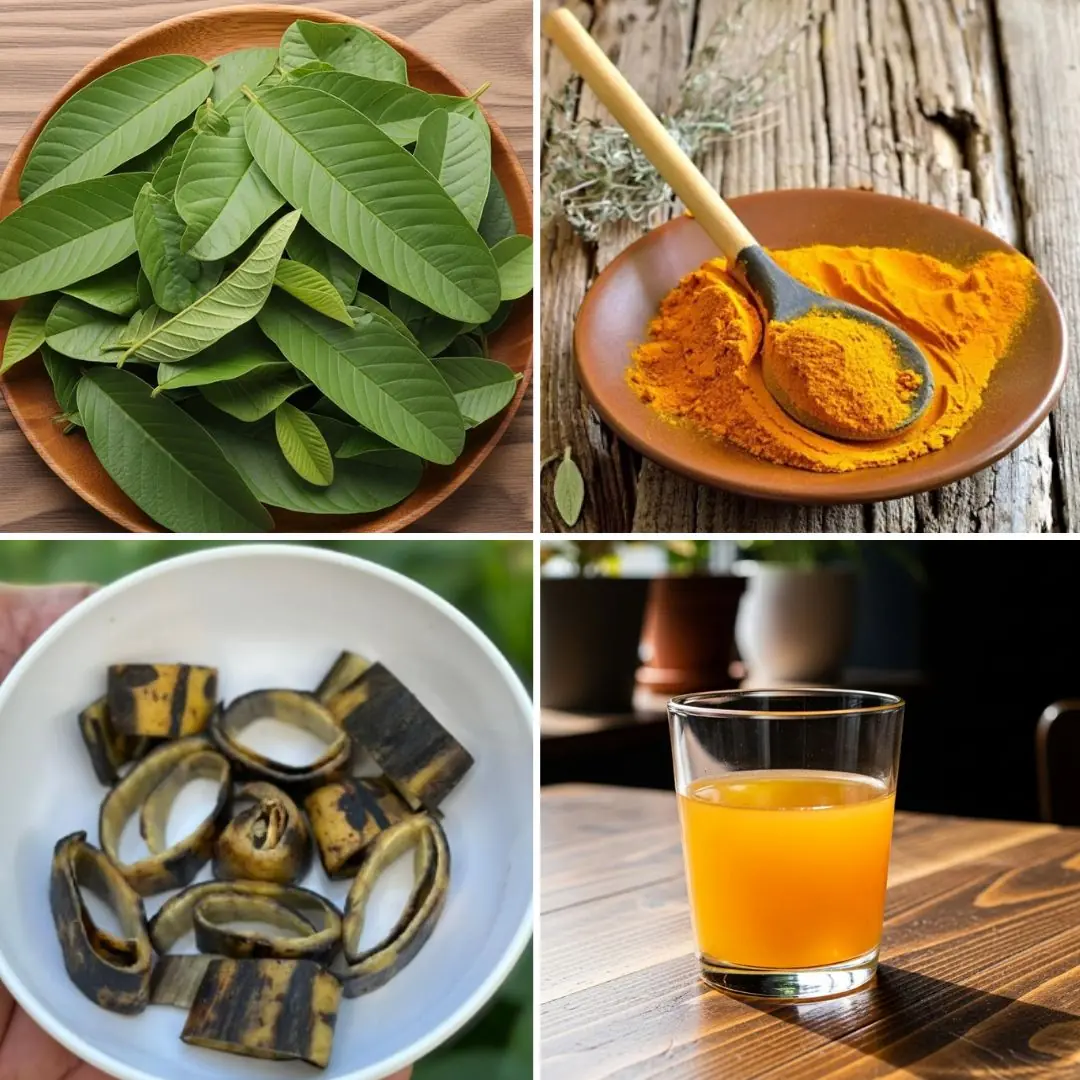
Doctors Don’t Want You to Know About This Drink Because It Can Cure Diabetes, High Blood Pressure, and Poor Circulation in the Blink of an Eye

9 Reasons Why You Should Drink Cucumber, Ginger, Mint, Lemon, and Water Every Day

🚨 Over 30? Cancer Could Be Hiding in These 8 “Harmless” Symptoms You Shouldn’t Ignore
News Post

Afraid of Surgery, the Woman Used This for 6 Years to Shrink Her Tumor Based on a Tip – Oncologist’s Four Words Left Everyone Stunned

Discovered to Have One of the Deadliest Cancers After Just One Warning Sign

The Surprising Benefits of Drinking Turmeric Water at Night: 8 Reasons You Should Make It a Habit Today 🌙

Cloves, Ginger, and Lipton Tea: A Health-Boosting Trio Worth Gold
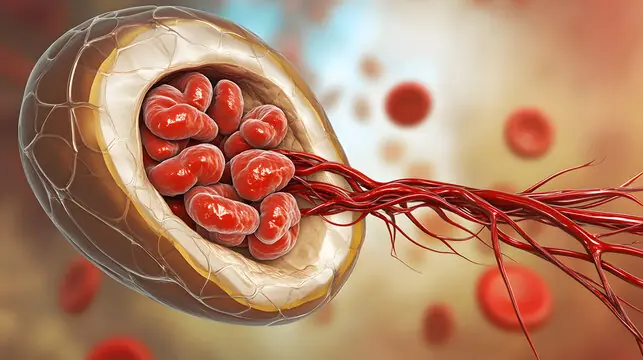
New Tiny Machine Removes Cholesterol from Arteries Without Surgery

Powerful Simulation Reveals How Cancer Progresses and Ultimately Causes Death

At My Husband’s Birthday Party, My Son Pointed and Said, 'That’s Her. The Same Skirt.'

My Husband Took Me on a Surprise Cruise — But When I Opened the Door, Everything Fell Apart

My Wife Found a Midnight Hobby – It Nearly Drove Our Neighbors Away

I Got Seated Next to My Husband’s Ex on a Flight – By the Time We Landed, My Marriage Was Over

One Day, I Saw a 'Just Had a Baby' Sticker on My Boyfriend's Car — But We Never Had a Baby

Never Throw Away Lemon Peels Again: 12 Unusual Ways to Use Them

Unleash Your Inner Alpha: The Natural Nighttime Boost You Need

Stop Now! These 8 Pumpkin Seed Mistakes Trigger Irreversible Reactions in Your Body

The photograph of a little boy who became one of the most recognizable men today

Three Family Members Diagnosed with Thyroid Nodules – The Mother Collapses: “I Thought Eating More of Those Two Things Prevented Cancer”

A Family of Four Siblings Diagnosed with Stomach Cancer – Doctor Shakes His Head: Two "Deadly" Common Habits Many People Share

A 49-Year-Old Man Dies of Brain Hemorrhage – Doctor Warns: No Matter How Hot It Gets, Don't Do These Things
